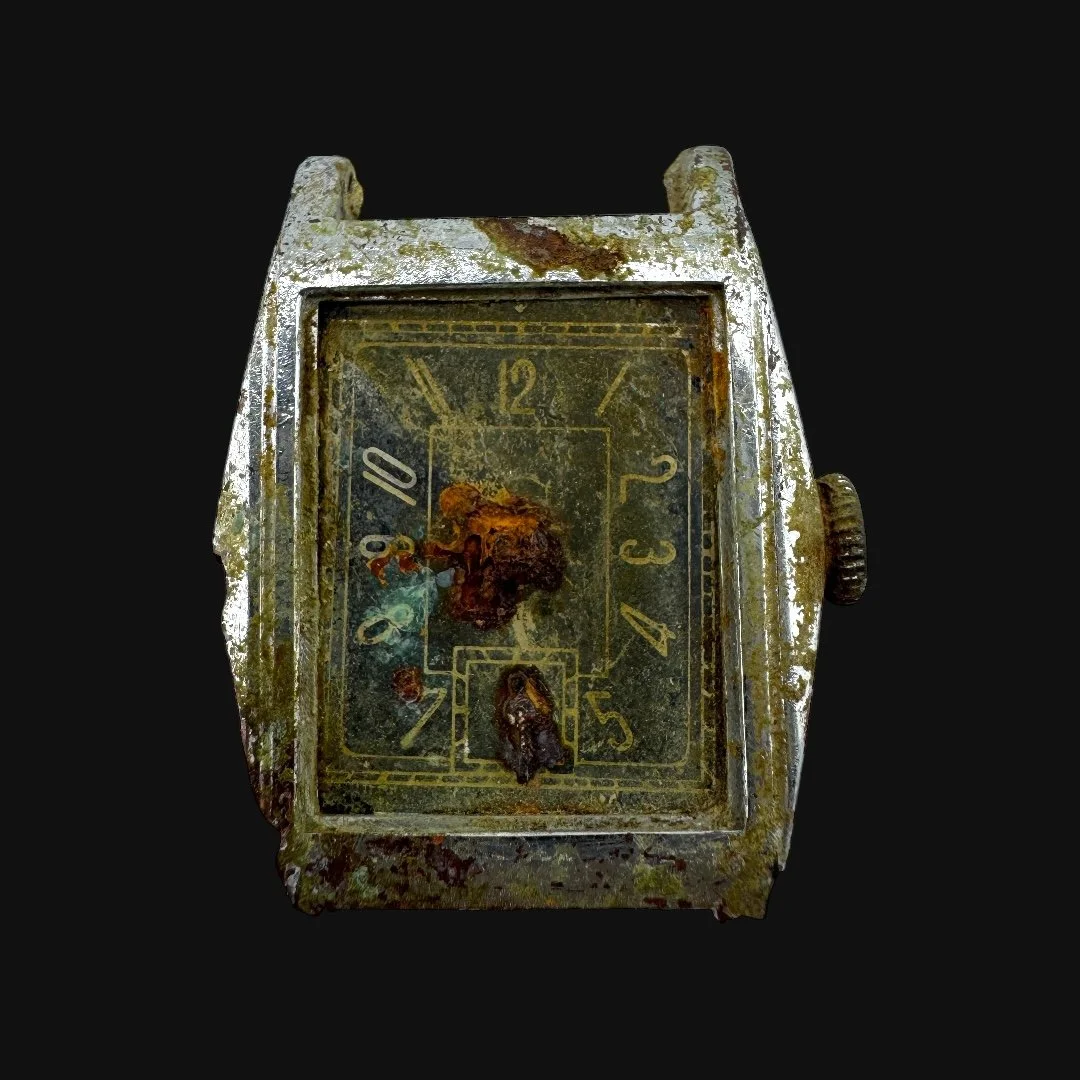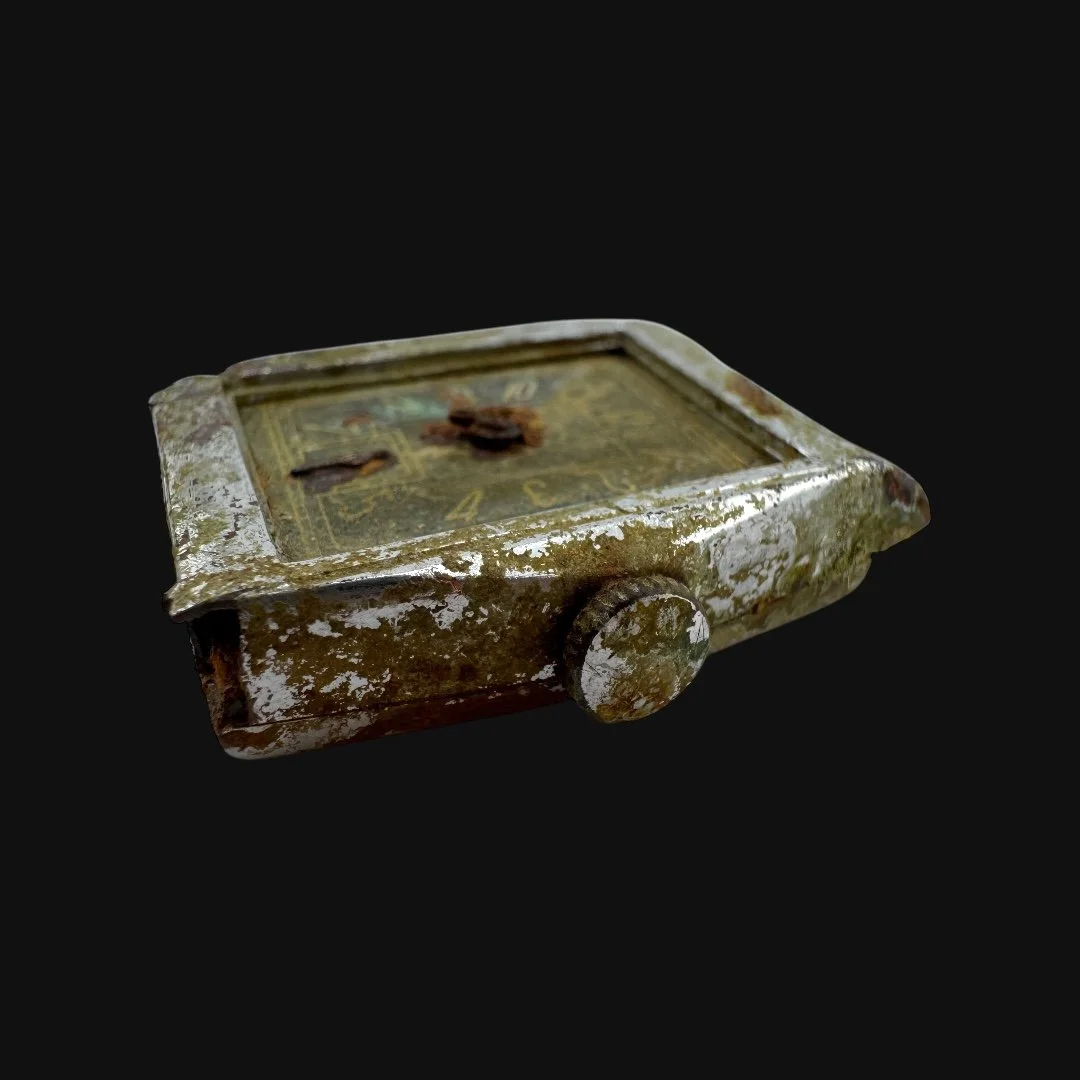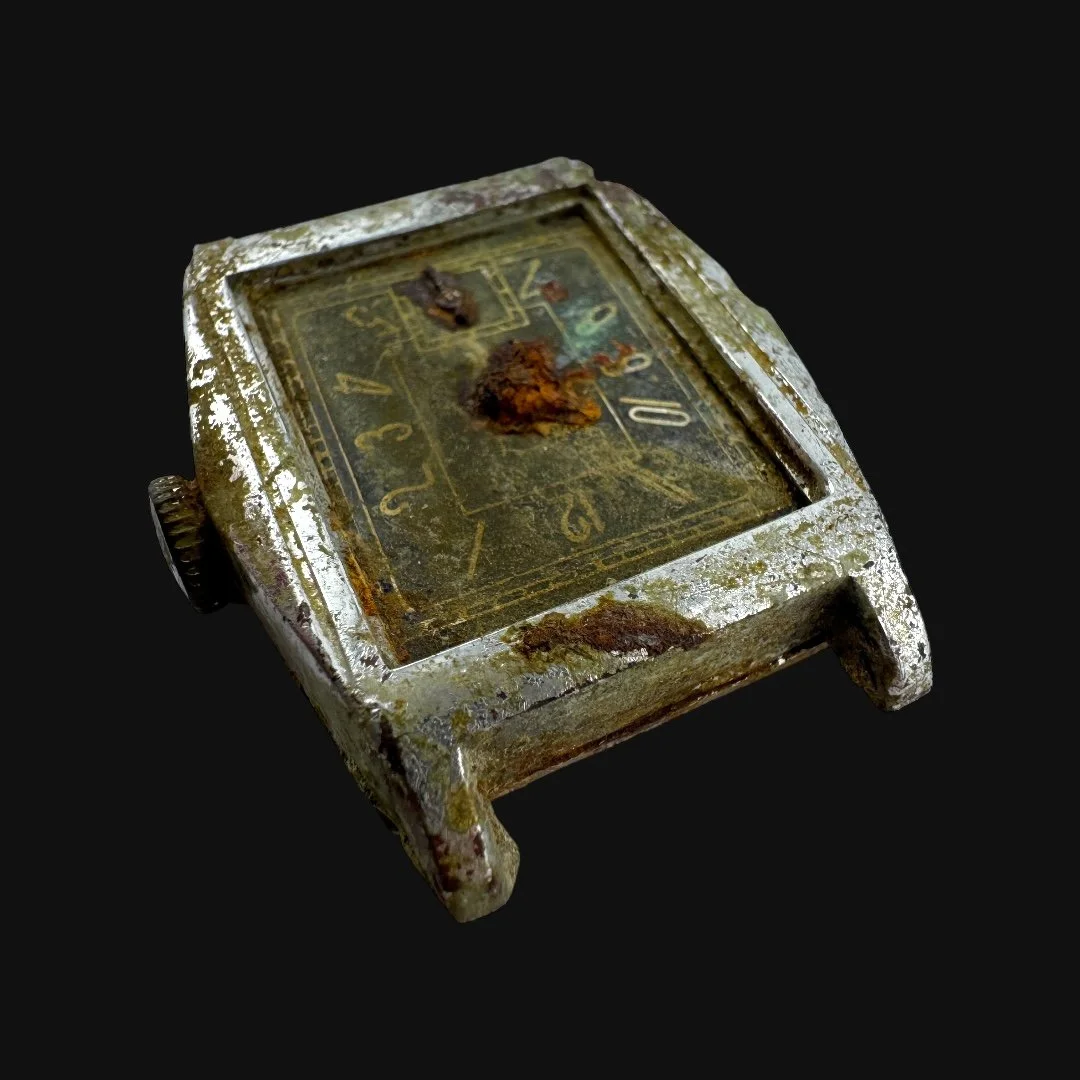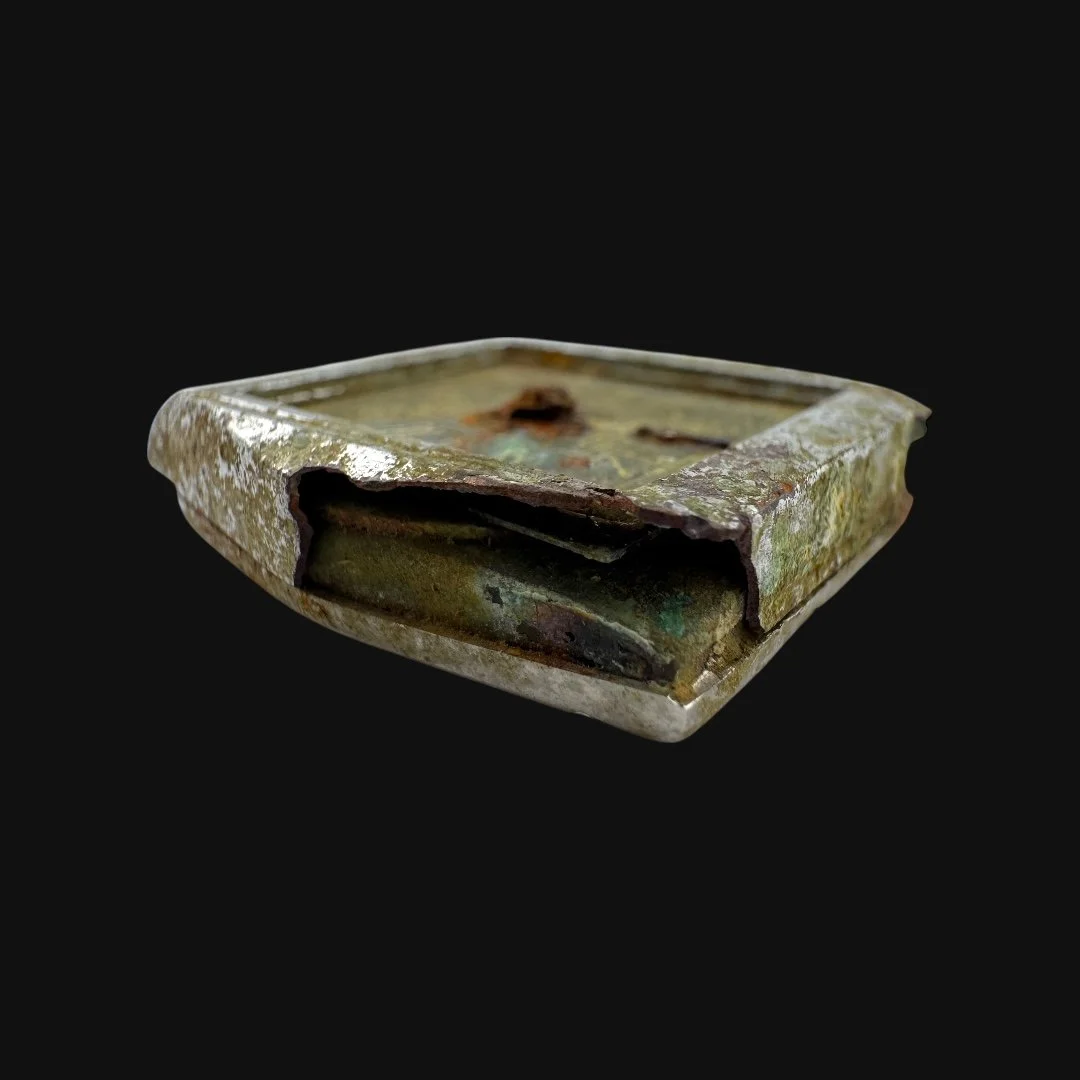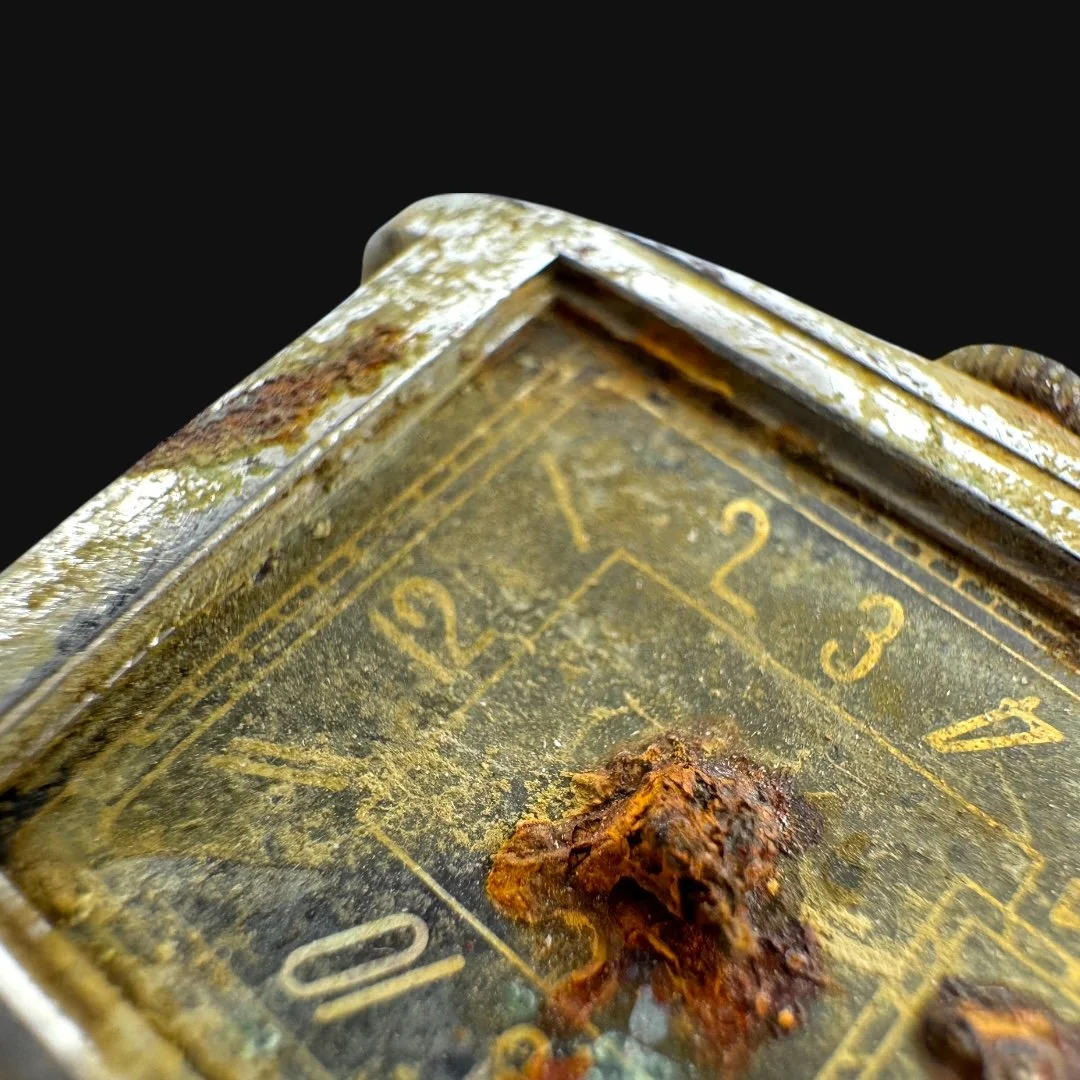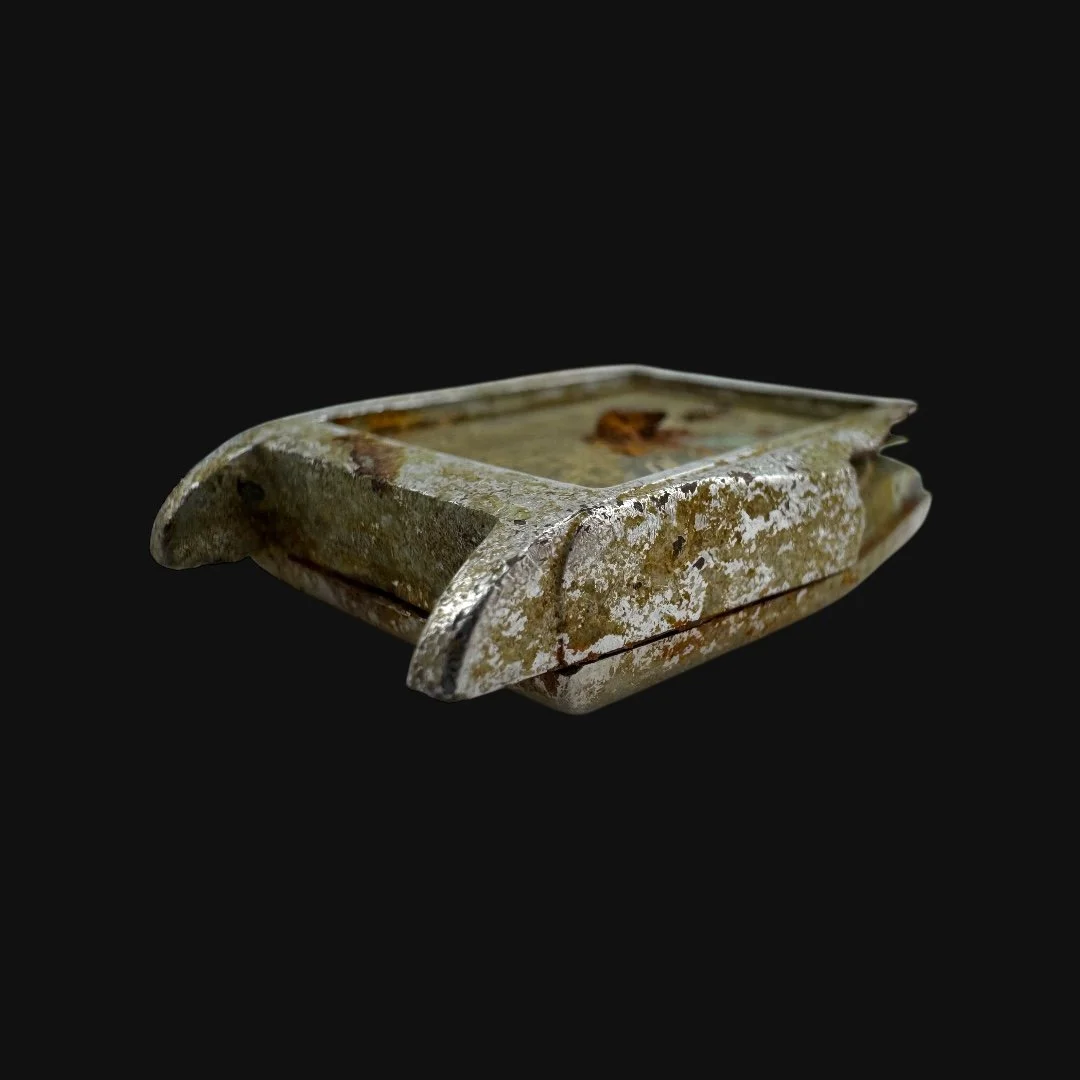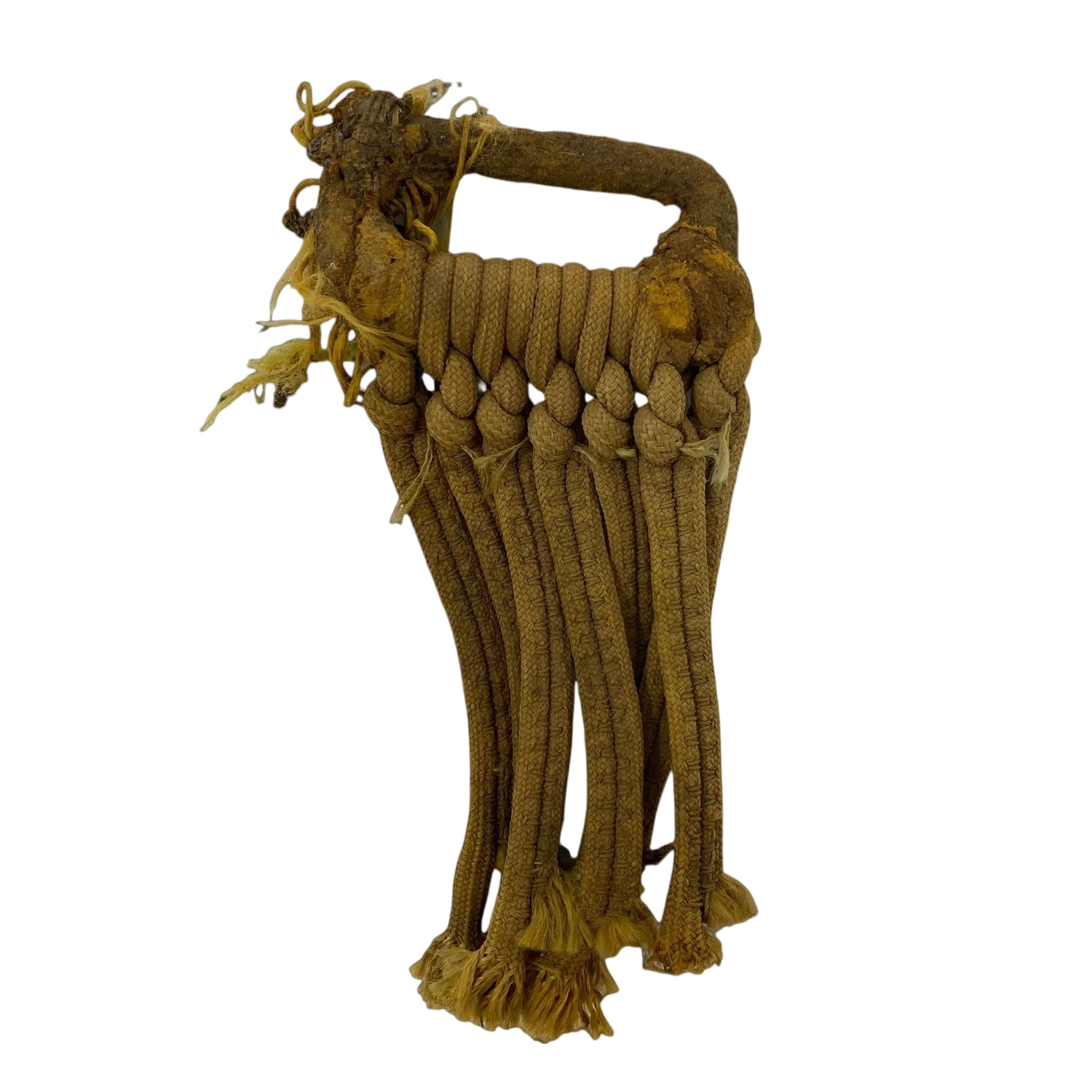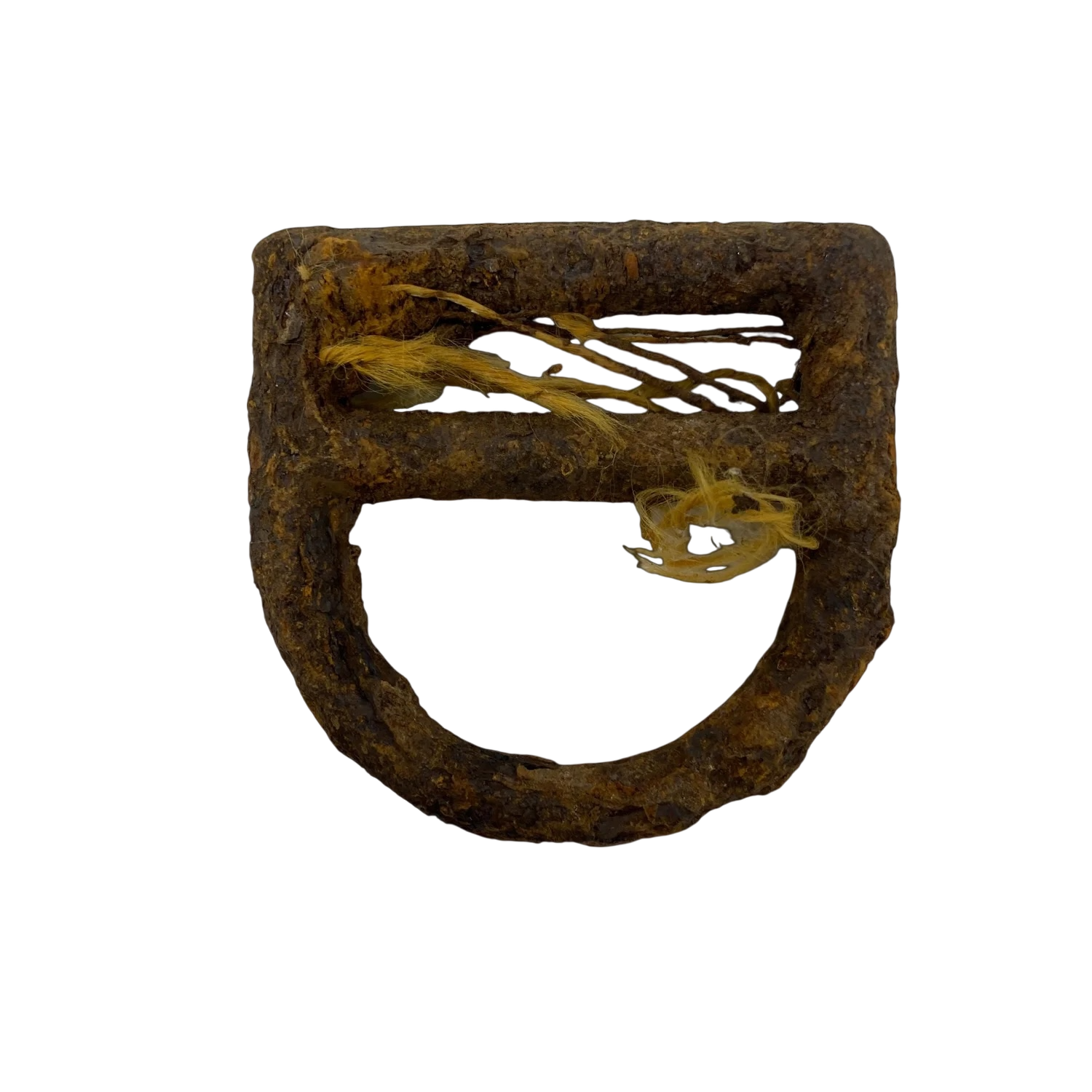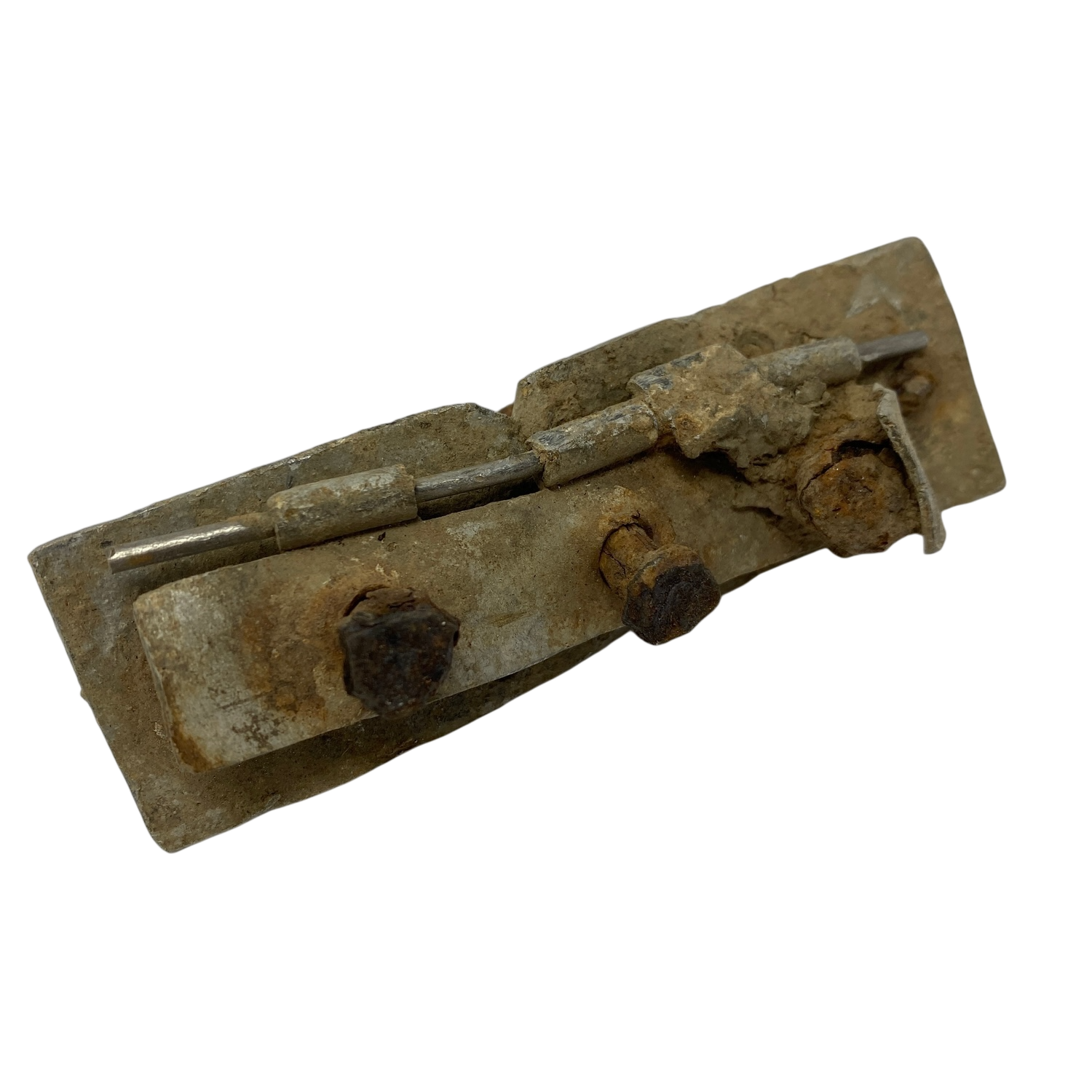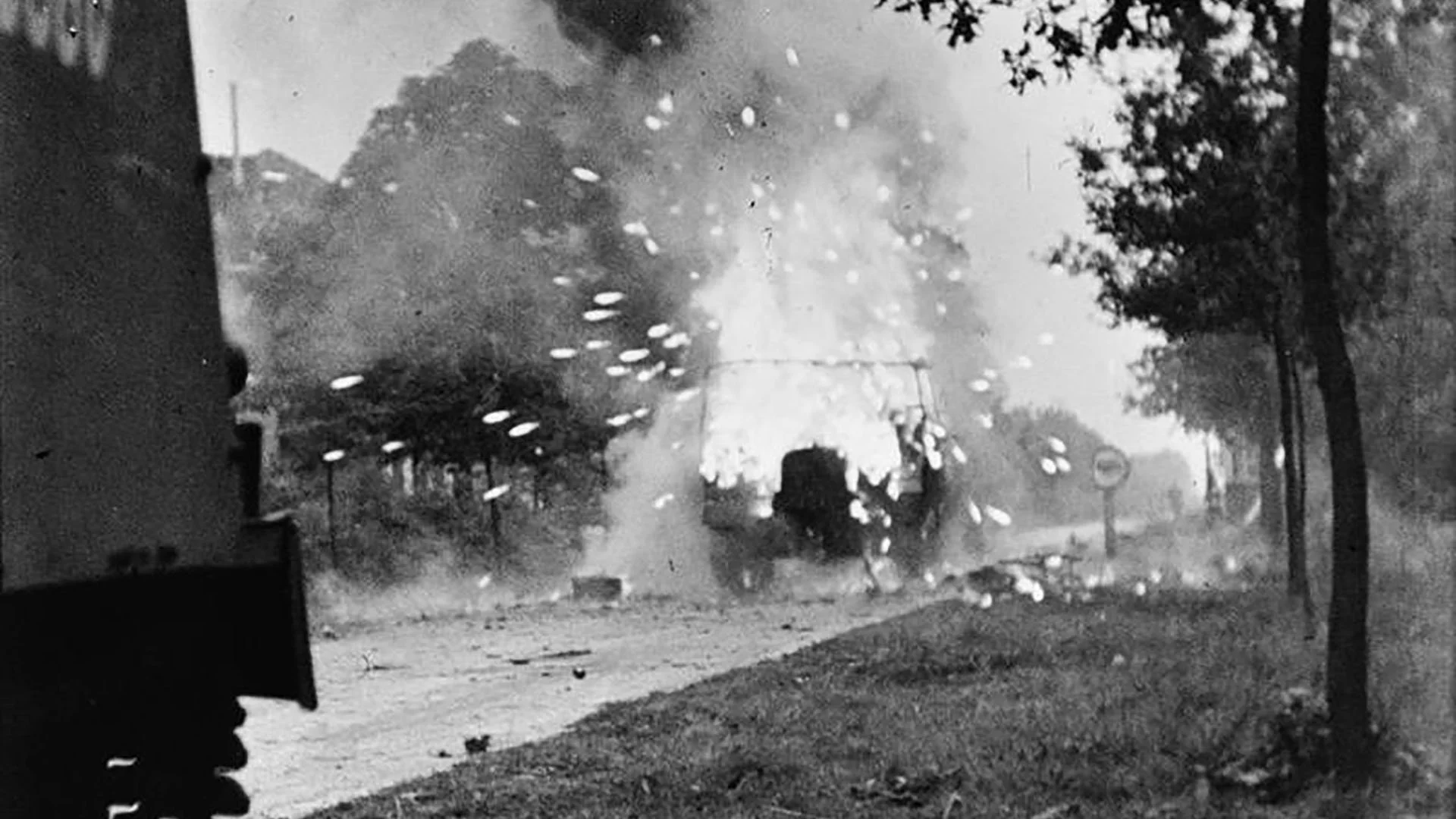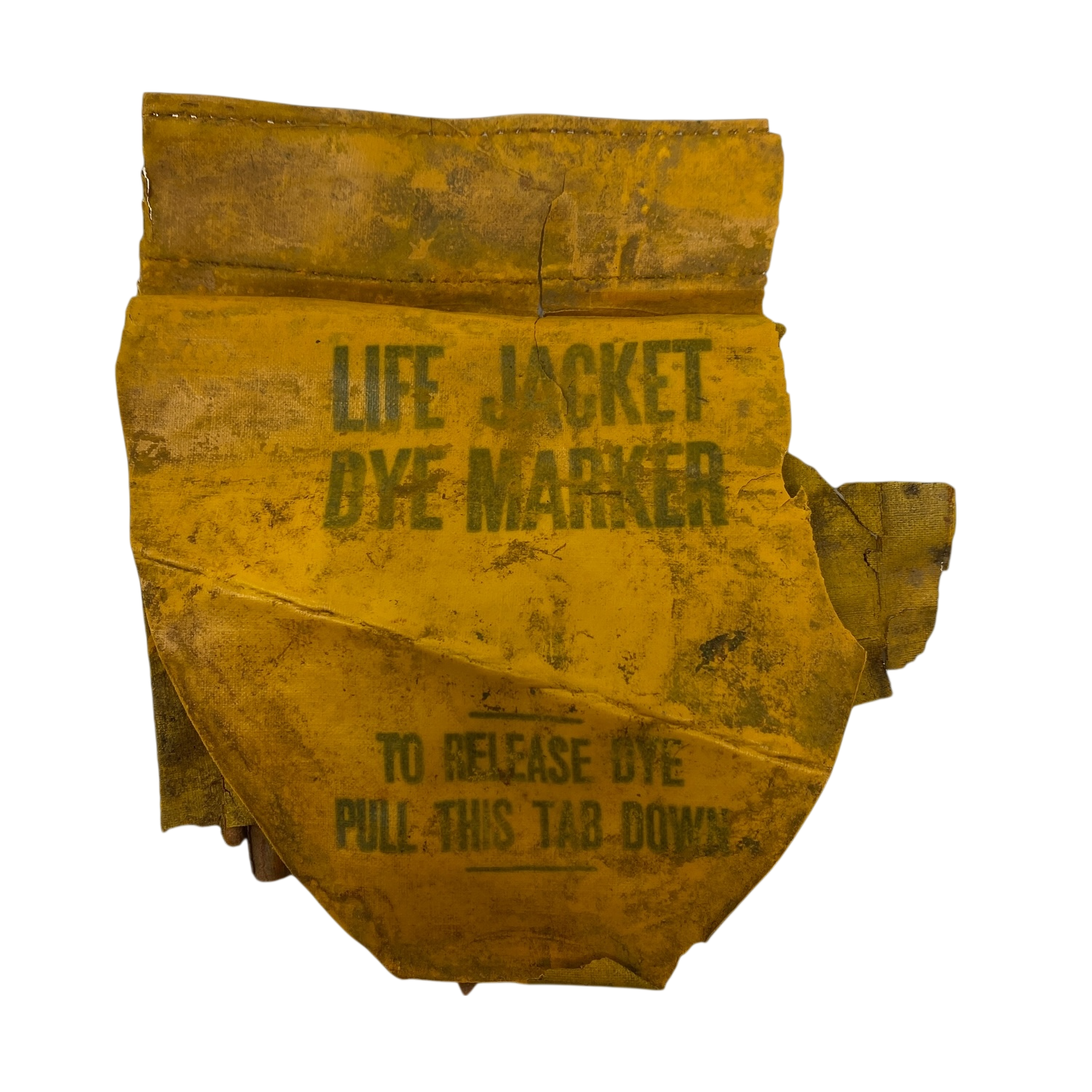
THE Wolrd War II WATCH THAT STARTED IT ALL…
Normandy to Holland
Unearthing a WWII 82nd Airborne Division Paratrooper’s Watch
The story of this watch begins months earlier, on June 6th, 1944. As the first rays of dawn crept over the hedgerows of Normandy, thousands of paratroopers from the 101st and 82nd Airborne Divisions dropped from the night sky. Scattered across flooded fields and occupied towns like Sainte-Mère-Église and Sainte-Marie-du-Mont, these young men landed amidst chaos, darkness, and heavy German resistance. Many never found their intended drop zones. To the French people, their arrival was nothing short of a miracle. After four years of brutal Nazi occupation, the liberation brought by these airborne troops ignited a flame of hope. In the days that followed, liberated towns across Normandy expressed their gratitude in profoundly human ways, through food, shelter, tears, and stories. But one gesture stood out among the rest: the gifting of watches. In an era when timepieces were rare and precious, often handed down through generations, their gifts were no small matter. Some were family heirlooms, others communal offerings. These watches were presented to American soldiers with inscriptions like “Merci pour notre liberté” (“Thank you for our freedom”), bearing town names and liberation dates. Some were exchanged over shared meals or traded for items like chocolate or stockings, though most civilians refused anything in return.
Just three months later, in September 1944, the 505th PIR prepared for its fourth combat jump, this time over the Netherlands in Operation Market Garden. Conceived by British Field Marshal Bernard Montgomery, it was the largest airborne assault in history. Its goal: to seize a series of key bridges deep into German-occupied Holland and create a corridor for Allied tanks into the heart of the Third Reich. On September 17, the skies thundered once again with C-47s and gliders as the 82nd Airborne dropped near Groesbeek. Among them were men who had fought in Normandy, many still wearing the watches gifted by French villagers. As the 505th landed south of Groesbeek, near Drop Zone N, they found themselves in a fight far more grueling than planned. Two lightly armed platoons, fewer than 80 men, were soon surrounded by an entire German infantry battalion supported by tanks. Over several savage assaults, the paratroopers held their ground, repelling wave after wave of enemy fire. They dug in, fought with unrelenting tenacity, and refused to yield. For their heroism, the 505th would later receive a second Presidential Unit Citation.
One of those foxholes, dug in desperation and defended with courage, became the final resting place of the wristwatch. Forgotten by time, it lay beneath the earth for nearly eight decades. Then, during a professional preservation project by a team of battlefield historians, it was found. Still bearing an inscription from a grateful French town, the watch revealed its dual legacy, a gift from Normandy, worn through the assault of Holland. Its discovery connects two chapters of the war in a single artifact. The engraved words on its back tell of peace offered in the wake of battle. The soil embedded in its dial remembers the blood and bravery of Market Garden. Worn by a U.S. paratrooper who served in both operations, this now preserved as a piece of living memory, its watch tells a story not found in textbooks. It speaks of human connection, of sacrifice, and of lasting gratitude. It reminds us that history is not just documented in archives but also quietly preserved in objects that endured. Objects like this one. A wristwatch that once ticked through chaos and silence. A watch that never stopped telling its story.
Beneath the quiet soil near Groesbeek in the Netherlands, south of the area once known as Drop Zone N, a remarkable discovery lay waiting in silence. Tucked inside a long-forgotten foxhole carved by members of the 505th Parachute Infantry Regiment of the 82nd Airborne Division, a U.S. paratrooper’s wristwatch emerged. Rusted from time but still whole, this was no ordinary artifact. It carried within its casing the weight of two of World War II’s most pivotal campaigns, D-Day and Operation Market Garden.
This relic timepiece is a silent witness to the valor, grit, and sacrifice of the men of the 82nd and 101st Airborne Division. A battlefield-preserved relic that echoes the spirit of those who gave everything so that freedom might triumph. It traveled through fire and liberation, surviving two nations' battles and bridging the stories of American paratroopers with those of the French and Dutch people they helped to free. As the unknown paratrooper who wore this watch leapt into the skies over Holland during Operation Market Garden, he carried not only his weapon and gear but also a piece of France, a piece of gratitude, strapped to his wrist.
Beneath the quiet soil near Groesbeek in the Netherlands, south of the area once known as Drop Zone N, a remarkable discovery lay waiting in silence. Tucked inside a long-forgotten foxhole carved by members of the 505th Parachute Infantry Regiment of the 82nd Airborne Division, a U.S. paratrooper’s wristwatch emerged. Rusted from time but still whole, this was no ordinary artifact. It carried within its casing the weight of two of World War II’s most pivotal campaigns, D-Day and Operation Market Garden.
This relic timepiece is a silent witness to the valor, grit, and sacrifice of the men of the 82nd and 101st Airborne Division. A battlefield-preserved relic that echoes the spirit of those who gave everything so that freedom might triumph. It traveled through fire and liberation, surviving two nations' battles and bridging the stories of American paratroopers with those of the French and Dutch people they helped to free. As the unknown paratrooper who wore this watch leapt into the skies over Holland during Operation Market Garden, he carried not only his weapon and gear but also a piece of France, a piece of gratitude, strapped to his wrist.
